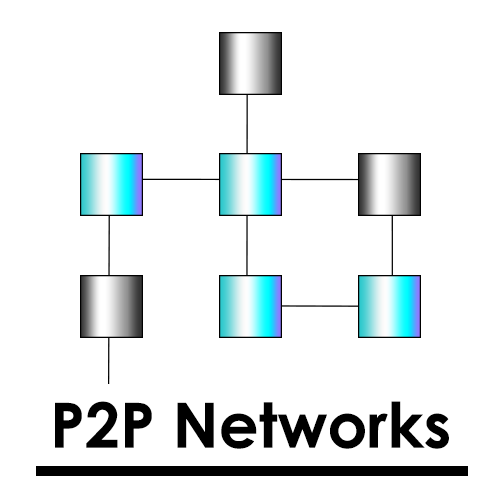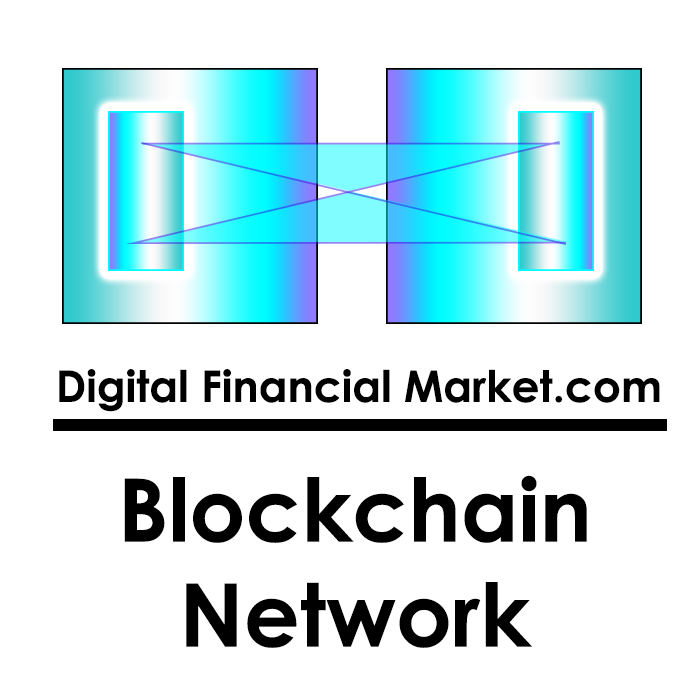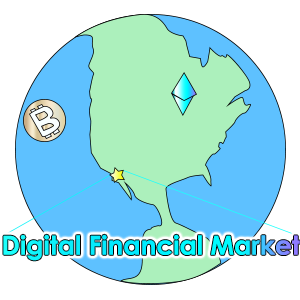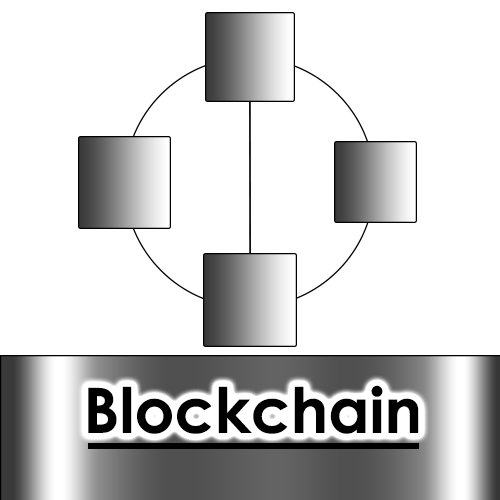We present an in depth look into better understanding blockchain technology.
Blockchain Ledger Technology
A Blockchain is a term for an open-source ledger technology, and may or may not refer to cryptocurrencies, however all modern cryptocurrencies are designed to be transacted across a blockchain network by some degree.
Blockchain Proofs
The concept behind blockchain technology is that computers can use math as proofs that can work together over a network, like say the internet. This ledger software now becomes the portal to sending the given codes, in the form of cryptocurrency, over the network and proving it using a form of mathematical proofs such as Proof-of-work or Proof-of-Stake.
Blockchain Data Mining
For Proof-of-work, ASIC data miners devices have dominated the hashrates of Bitcoin, ZCash, and other PoW blockchains. Networks like Ethereum allow for proofs that are optimized by GPU systems, which have had a considerable amount of their network operated by cloud giant Amazon.
Blockchain Infrastructure: The Fork
A “Fork” is a term for a blockchain where 51% or more of a network or the delegated governance token has voted to implement a new protocol resulting in 2 blockchains. In this process, the remaining 49% and any miners, validators, or stakeholders must choose to change their operations on the new protocol or continue on the original protocol.
One of the most well known forks is the Ethereum Classic split where the greater community chose to upgrade their ETH while Ethereum Classic Developers encouraged a legacy protocol and separated their blockchain from the Ethereum mainnet. This new token was called ETC for Ethereum Classic.
Blockchain Fork Pros vs. Cons.
There are advantages and disadvantages to forks, as a blockchain with too few Proof validators could risk slowing to a halt, often leading developers to seek Token creation and new Proof methods over large scale blockchain creation.
The Difference Between a Blockchain and Token
A Blockchain, sometimes called a coin, is the network ledger that is the structure for transactions.
A Token is built on top of a Blockchain Coin, and both a Blockchain Coin and a Token are cryptocurrencies.
Coin Vs. Token + Blockchain Example
The symbol ETH is for the Ethereum Coin, used for the Ethereum Network.
The symbol MATIC is for Polygon, an Ethereum-based Token that is a second Layer on the Ethereum Network.
And Both are Cryptocurrencies, both have their own blockchain, but each operates differently.
Ethereum ETH is its own Blockchain coin, because it is the parent network.
Polygon MATIC is a Blockchain token, because Ethereum is the Network that Polygon is built on.
Ethereum has the well known Token protocol called the ERC-20 protocol, and MATIC is technically an ERC-20 Token.
In this case, Polygon MATIC gets the benefit of using Ethereum mainnet as infrastructure for a layer 2 solution and raise capital, and Ethereum gets a boost in added investment demand, transaction gas expense, and network popularity.
Other Forms of Blockchain Cryptocurrencies
Blockchain cryptocurrencies can vary but have key similarities. Other common forms of cryptocurrencies or tokens that can be sent across a Blockchain are:
- Non-Fungible Tokens (NFTs)
- Derivative Tokens
- A Fork (Another blockchain is created)
Cryptocurrency: Peer To Peer Digital Network

The protocols of Bitcoin were the first to solve Peer to Peer Digital Networks across an open source blockchain ledger.
Peer-to-Peer Networks: The Fundamentals of Blockchains
A blockchain and its Proof solves the issue of a trustless peer-to-peer network. This is the fundamental concept of decentralization of the blockchain, where users can use transaction tools through a peer-to-peer network without needing an intermediary like a bank.
Using computers, math, and networking, the blockchain technology creates a self sustaining open source protocol where users can make transactions. This peer-to-peer structure comes with its own advantages and disadvantages.
Blockchain Pros & Cons
Blockchain Pros:
- Trustless Network
- Decentralized Ecosystem
- Uses proofs to validate transactions
- Finalized, immutable transaction resolution
Blockchain Cons:
- Very expensive, compute power heavy
- Large bandwidth deployments
- Blockchains need to managed for critical error resolution
- Code and smart contracts may have vulnerabilities
- Validators, also called Data Miners, are essential
- Network could fork by majority network vote
A blockchain may not always be the most effective means of an application, the large majority of cloud resources in use are back-end servers that support over 90% of the public internet through less compute heavy means.
Blockchain Success Stories
Blockchain does have wide success for network transactions, which became a leading reason for the major success of Bitcoin, Ethereum, and the greater Crypto community.
Crypto Billionaire Sam Bankman-Fried found great success in specializing in the Foreign Trade of Government Currencies as a Foreign Exchange Blockchain company, FTX. He created a fortune of value in real-time forex transactions that carried over the blockchain, including through FTX’s own token and blockchain, FTT.
Ethereum founder, Vitalik Buterin, began his journey into developing a whitepaper for Ethereum after following Bitcoin Magazine and working on his computer at a University in Canada. Success stories for the Crypto community range from the smallest and most humble of places.
Our Blockchain Developments

Our Blockchain Network
Entering the world of the blockchain with an innovative new approach, we are developing a framework for our own blockchain network. We aim to solve many of the issues that many users are facing in the crypto community.
Developing Applications For You
More than just a blockchain, we want to offer an integrated ecosystem for cryptocurrencies, trade, and network uses. We won’t settle for less than high quality products, so we anticipate many years of development to ensure the highest standard of functionality.
New Approach To The Blockchain
We are diving deep into new consensus models that we can implement to create a novel form of blockchain interface. Our drive for making powerful software tools that integrate our greatest ambitions for compatibility and ease of use.
Blockchain FAQ
What is A Blockchain?
What Does Blockchain Mean?
Why Are Blockchains Useful?
Why are Blockchains Popular?
How Do I Create a Blockchain?
Blockchain
Learn More About Blockchain
Blockchain Definition
Blockchain Analysis
Images Rights Reserved – Digital Financial Market LLC

